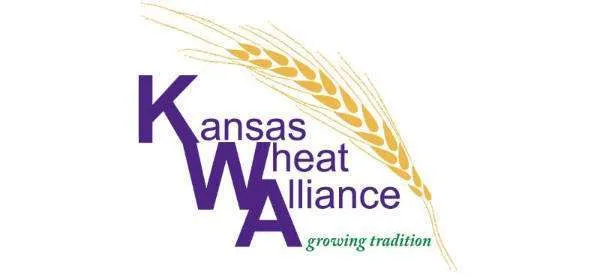As Kansas wheat farmers are delivering their last loads of grain to the elevator for the 2021 wheat harvest, they are evaluating the yield and quality of the varieties they planted. Behind this decision, however, is an entire wheat breeding pipeline. And beyond agronomic characteristics, another factor also influences which varieties make it from the greenhouse to combine — consumer preferences.
The Wheat Foods Council discussed how consumers influence wheat variety selection in a video (https://www.youtube.com/watch?v=h0K7gGe-C38) featuring wheat expert Brett Carver, Ph.D. Carver is the wheat genetics chair in agriculture at Oklahoma State University. The video is part of a series answering common questions by consumers, including how wheat has changed over the last 100 years, the difference between wheat breeding and GMOs, gut health and more.
“For so long wheat producers pretty much governed what the consumer would receive in the grocery store,” Carver explained in the video. “But now that script is kind of flipped. The consumer — you and I — are influencing what the wheat farmer is growing.”
Carver outlined how this supply-and-demand process functions. For example, the video detailed how consumers are looking for nutrition labels that are simpler, meaning products with fewer chemical additives, even though these additives are generally recognized as safe.
“They’re FDA-approved additives usually — they help the processing industry, but consumers just don’t want it,” Carver said. “So we’re purchasing products without those additives — what does that do to the food system?”
The process of producing a wheat food product under this scenario works like this. The additives served a purpose in helping make that particular product — let’s call it a bread — the way it is, so now the baker needs to determine how to make that same product without that help.
“Without adding the additives, that means the wheat has to provide the quality characteristics inherently,” Carver said. “In other words, through the wheat itself, not through additives.”
The baker then turns to the miller and asks for flour with these quality characteristics. The miller has to source the wheat to produce that flour from the farmer. So, the miller turns to the farmer and requests wheat varieties that will provide the specified quality. The farmer then turns to the wheat breeder and asks which wheat varieties will help meet this goal.
“And so it goes all the way through the chain,” Carver said. “We are now breeding wheat varieties that you the consumer are telling us you want in your bread product. And to me, that’s a great event because now the consumer — you and I — are kind of in the driver’s seat.”
In Kansas, this pipeline traces all the way back to the wheat breeding program at Kansas State University. There is tremendous producer support in the state and region for K-State’s wheat varieties and breeding program, which receives generous funding for its efforts from the Kansas Wheat Commission, Kansas Crop Improvement Association and Kansas Wheat Alliance.
This breeding program is partially responsible for yields more than doubling since the first Kansas wheat crop was planted in Johnson County in 1839. Since then, K-State has released more than 40 wheat varieties, each a step forward in some capacity over previous varieties.
“Thanks to wheat breeding programs like the one at Kansas State University, producers have ever-improving options of wheat varieties to plant,” said Aaron Harries, VP of Research and Operations for Kansas Wheat. “Whether it’s improved resistance, increased yields or improved milling and baking quality, Kansas wheat breeders are creating varieties that meet the changing needs of farmers, millers, bakers and consumers.”
Learn more about the K-State wheat breeding program at https://kswheat.com/news/k-state-wheat-breeding-program-provides-benefits-to-farmers.
###
Written by Julia Debes for Kansas Wheat



